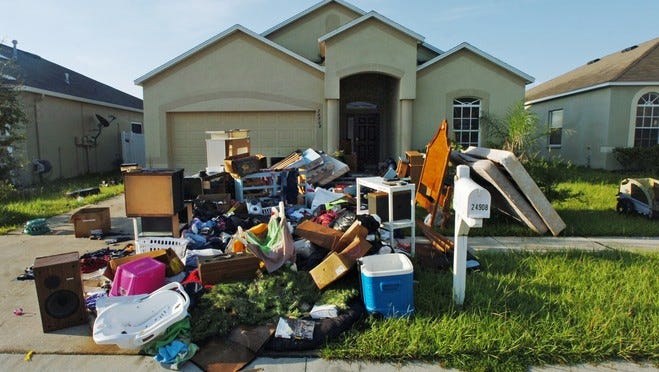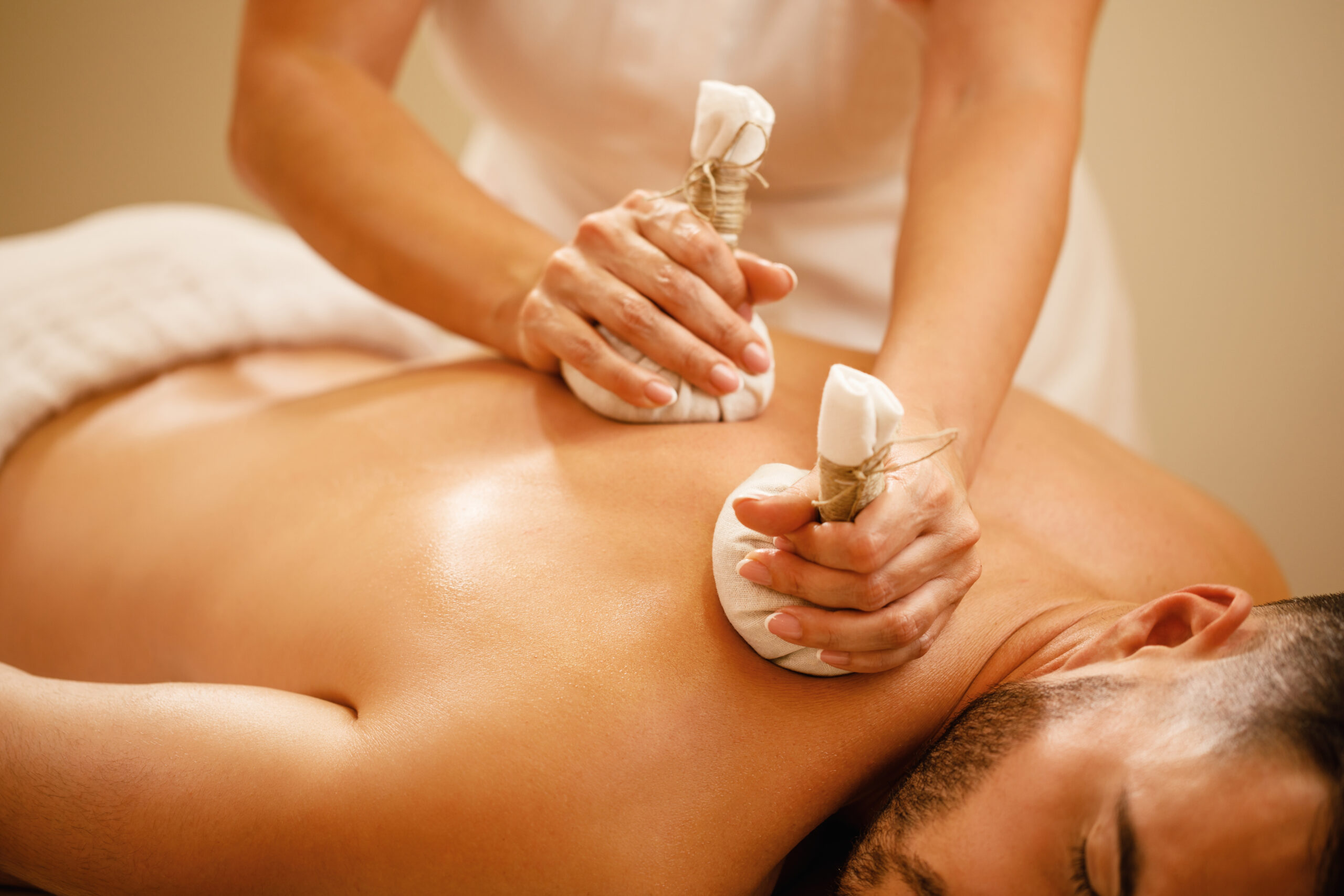Cost-Effective Jacuzzi Hot Tub Maintenance Hacks for Homeowners

A Jacuzzi hot tub repair is one of the most relaxing features you can have at home. It provides hydrotherapy, stress relief, and a luxurious space for family and friends to unwind. However, behind the comfort and luxury lies a critical responsibility: maintaining proper water chemistry. Water chemistry isn’t just about clear water; it directly impacts your hot tub’s performance, the safety of its users, and the longevity of the system itself.
Understanding and maintaining balanced water chemistry is essential for every Jacuzzi owner. Let’s explore why it matters, the key factors involved, and how to keep your hot tub in top condition.
Why Water Chemistry Matters in Jacuzzi Maintenance
Water chemistry serves as the foundation for hot tub care. Without balance, the water becomes a breeding ground for bacteria, scale, and algae, making the Jacuzzi unsafe and uncomfortable to use. Poor water chemistry can also corrode equipment, damage jets, and increase repair costs. Properly maintained water ensures:
- Safety for users: Balanced sanitizers prevent harmful bacteria and pathogens.
- Comfort: Correct pH and alkalinity prevent eye irritation and dry skin.
- Durability: Prevents corrosion, scaling, and equipment wear.
- Efficiency: Balanced water allows heating and filtration systems to run smoothly.
In short, maintaining proper water chemistry means protecting both your health and your investment.
Key Components of Jacuzzi Water Chemistry
1. pH Levels
pH measures how acidic or alkaline the water is. For Jacuzzis, the ideal pH range is 7.2–7.8.
- Low pH (acidic water): Can corrode metal parts, irritate skin, and damage surfaces.
- High pH (alkaline water): Causes cloudy water, scaling, and reduces sanitizer effectiveness.
Regular testing and adjustment using pH increases or decreases is vital for maintaining balance.
2. Total Alkalinity (TA)
Alkalinity acts as a buffer for pH, keeping it stable. The recommended range is 80–120 ppm.
- Low TA leads to rapid pH fluctuations.
- High TA makes pH difficult to adjust and may cause cloudy water.
Keeping alkalinity balanced ensures the water chemistry remains consistent over time.
3. Sanitizers
Sanitizers kill bacteria, viruses, and algae, ensuring safe water. Common options include:
- Chlorine: Effective, fast-acting, and widely used.
- Bromine: More stable at high temperatures, making it a popular choice for hot tubs.
- Mineral-based sanitizers: Natural alternatives that reduce reliance on chemicals.
Maintaining the correct sanitizer levels prevents unsafe water conditions and keeps the Jacuzzi hygienic.
4. Calcium Hardness
Calcium levels protect against corrosion and scaling. The ideal range is 150–250 ppm.
- Low calcium: Causes corrosion of heaters, pumps, and shell surfaces.
- High calcium: Leads to scaling, cloudy water, and clogged jets.
Balancing calcium hardness extends the life of the hot tub’s internal systems.
5. Shock Treatments
Shocking refers to adding a large dose of oxidizer (chlorine or non-chlorine) to break down organic contaminants such as sweat, lotions, and body oils. Shocking is typically done once a week or after heavy use.
It restores water clarity, eliminates odors, and improves sanitizer effectiveness.
Best Practices for Managing Water Chemistry
- Test Water Regularly
Use test strips or digital testing kits at least 2–3 times a week to monitor pH, alkalinity, and sanitizer levels. - Adjust Chemicals Gradually
Avoid large chemical adjustments. Small, gradual corrections are safer and more effective. - Drain and Refill the Hot Tub
Even with proper balancing, water accumulates contaminants over time. Drain and refill your Jacuzzi every 3–4 months to reset water chemistry. - Clean Filters Frequently
Filters remove debris but can’t compensate for poor water balance. Rinse filters biweekly and replace them annually for optimal performance. - Maintain the Cover
A well-maintained cover prevents debris, reduces chemical evaporation, and helps maintain stable water chemistry.
Common Water Chemistry Mistakes to Avoid
- Ignoring pH fluctuations and focusing only on sanitizers.
- Overusing chemicals, which can cause irritation and damage.
- Neglecting calcium hardness, leading to scaling or corrosion.
- Failing to test water often enough, allowing imbalances to persist.
Being proactive with water chemistry saves time, money, and frustration in the long run.
Conclusion
The role of water chemistry in Jacuzzi hot tub repair cannot be overstated. It is the key to ensuring your spa remains clean, safe, and long-lasting. Balanced water chemistry protects users from harmful bacteria, prevents damage to equipment, and creates a comfortable soaking environment.
By monitoring pH, alkalinity, sanitizers, calcium hardness, and performing routine shock treatments, you’ll enjoy all the benefits of your Jacuzzi without the headaches of costly repairs or unsafe water. With consistent attention and proper care, your Jacuzzi will remain a source of relaxation, luxury, and wellness for years to come.


